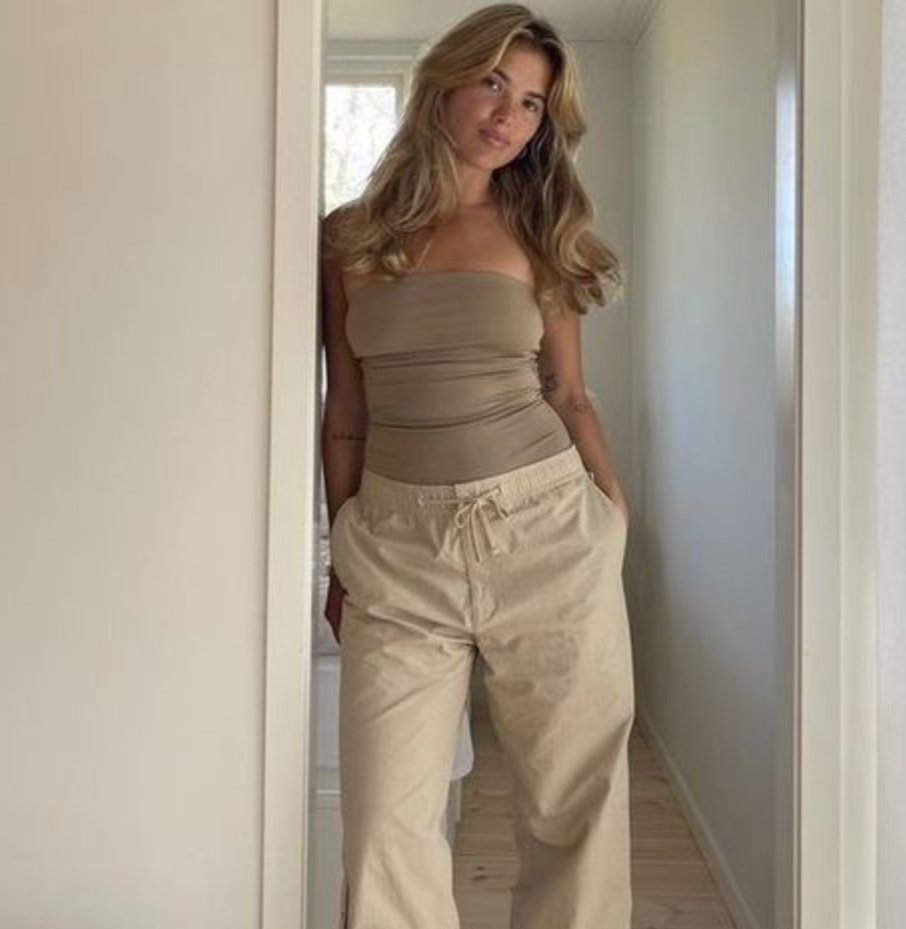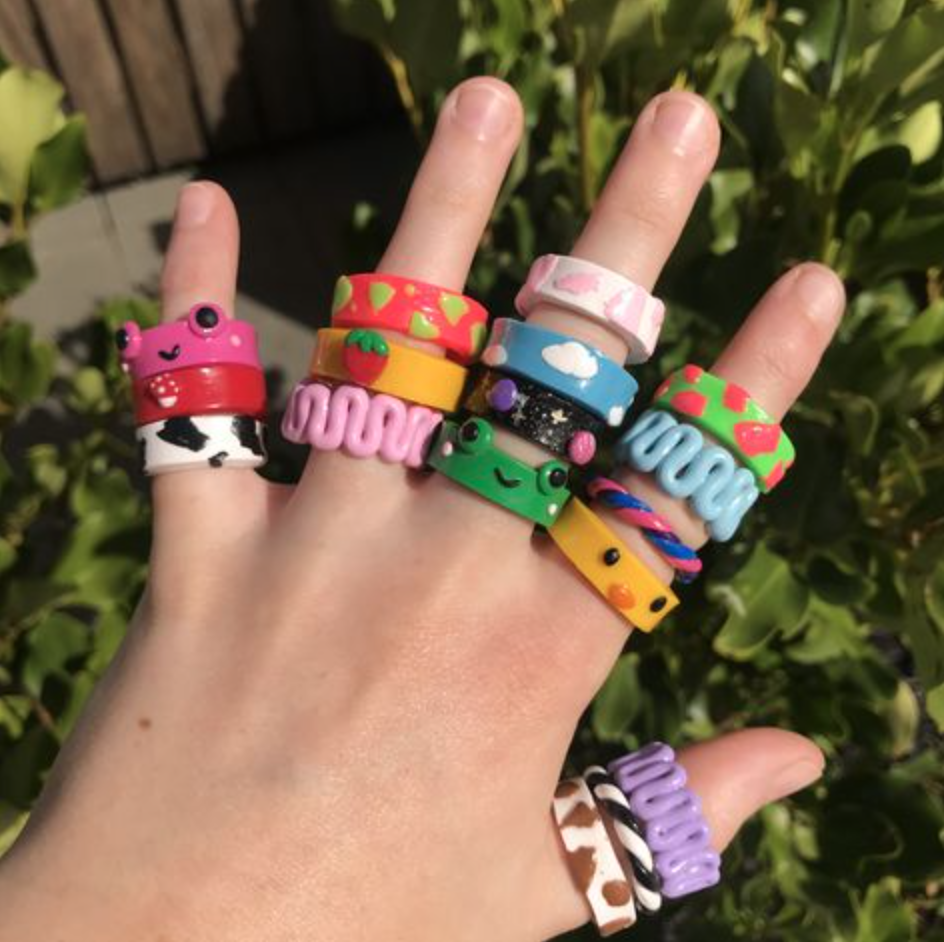The Year of the Minimalist
2020 kickstarted the extreme maximalist explosion that we still see remnants of today; introducing chunky clay rings, mismatched busy patterns, bleached brows and micro-mini skirts. A certain desperation for uniqueness came with increased trend cycles, social media use and the pandemic’s lack of individualism, heavily influencing the maximalist lifestyles seen in 2020, 2021 and 2022. But as we usher in the new year, I’ve begun to question the longevity of this maximalist wave.
The microtrends of the last two years have no doubt induced the modern-day maximalist to experiment in everyday fashion, interiors and lifestyle choices. With trends going in as quickly as they go out, trying something new doesn’t spark the same excitement as it used to. It’s hard to feel unique in a world where everything’s trending; ergo, maximalism.
But if the rise in maximalism has only been in response to microtrends, at what point does it in itself become a lost trend of our past? As an influenced consumer myself, inevitable endless scrolling has led me down multiple rabbit holes featuring Kim Kardashian’s minimal Calabasas home, Matilda Djerf’s rise in Instagram supremacy, and the recent TikTok campaign for the “clean girl” aesthetic. All of which successfully succeeded in influencing me to retire back to the basics.
A collective fatigue for the extreme can be felt across platforms like TikTok, Instagram and even Pinterest. Don’t get me wrong, I personally love a maximal moment. But as fun as it is to occasionally do the most, even that at some point becomes a trend in itself, destined to slowly fade. Taking its spot? Time capsule wardrobes, sleek modern homes, dainty jewelry and natural glowy makeup.
We’ve seen minimalism take over the world of branding before— just look at SKIMS, Apple and Glossier. As companies push towards minimalistic identities, sleek and polished lifestyles are idolized, and even desired. A look into Kim Kardashian’s home in Architectural Digest displays blank walls, empty rooms and mute tones. As modern housing is on the rise, the same opulence once seen in detailed crown molding is now appreciated in the same sense through the simplicity of a rounded wall. Possessing irrelevant material items is no longer seen as a status grab but rather, a form of hoarding.
The minimalist motto “less is more” can appear daunting, especially when you suffer from a shopping addiction like myself. But if 2023 is the year you’ve pledged sustainability, breaking into minimalism may not be the worst idea. Influencers like Emma Chamberlain and Matilda Djerf celebrate the capsule wardrobe by revitalizing and rejuvenating closet staples like blue jeans, little black dresses and white tank tops.
By focusing more on the things you need and spending less on impractical wants, you can proactively support a sustainable, minimalist lifestyle. So, if less is really more this year, it may be one for the minimalists, or better— sustainability as a whole.
Strike Out,
Amelia Sturkie
Editor: Anna Albright
Athens



